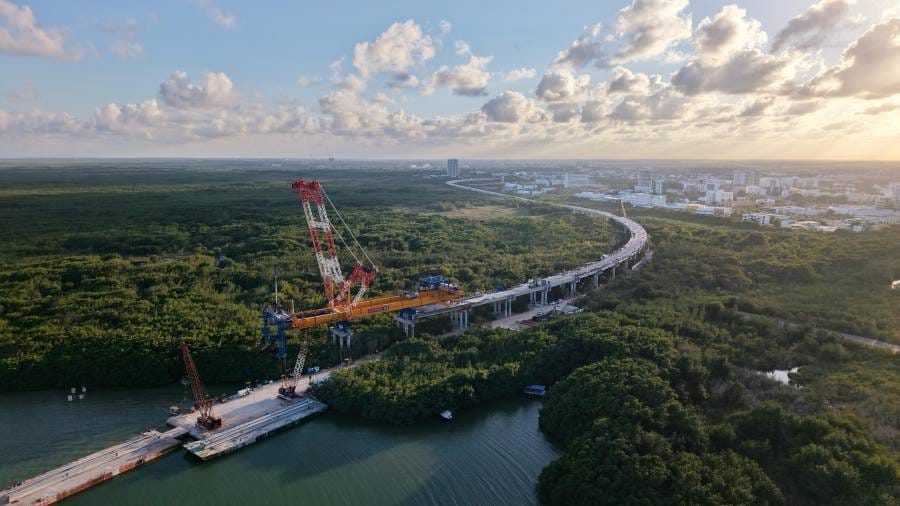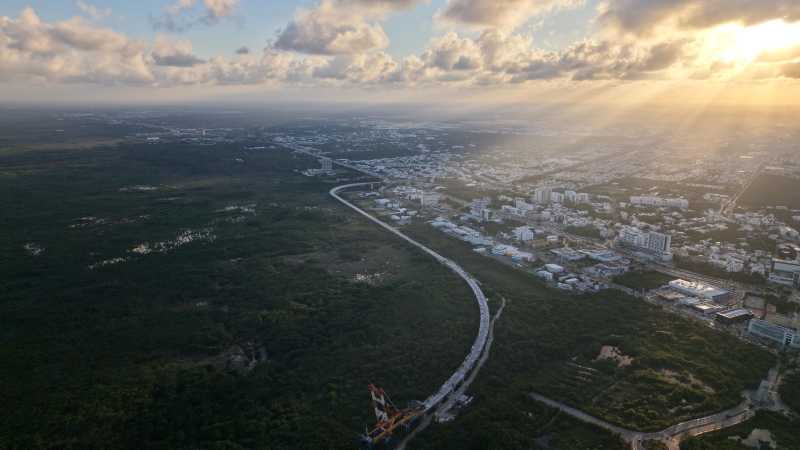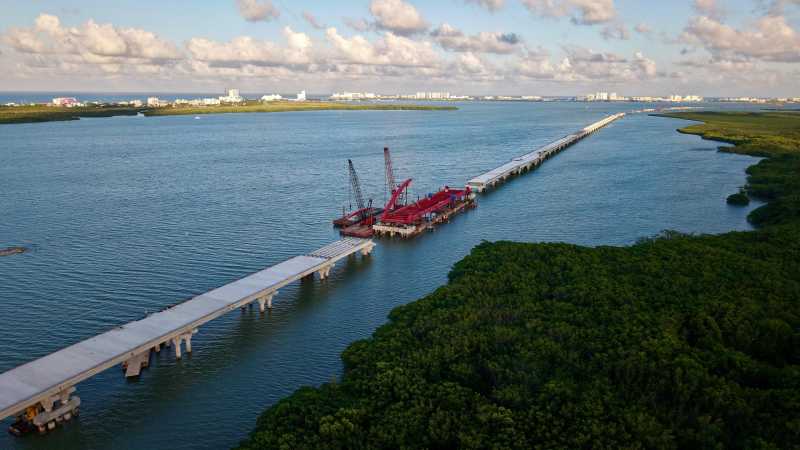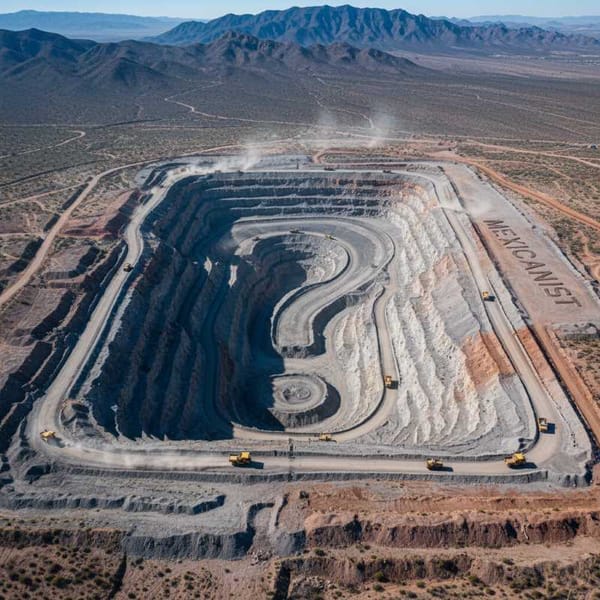Cancun's Giant New Bridge Promises Faster Track to Paradise
Flagship 8.8km crossing reaches 76% completion, promising to alleviate chronic congestion and enhance access to vital Hotel Zone.

Construction on the Nichupté Vehicular Bridge, a major infrastructure undertaking aimed at transforming mobility in Mexico’s premier tourist destination, Cancún, has reached 76% completion, according to local officials. The 8.8-kilometer bridge, spanning the environmentally sensitive Nichupté Lagoon system, represents a significant public investment intended to alleviate chronic traffic congestion and bolster the resilience of the region's crucial tourism economy.
The project, championed by local and state authorities, connects Cancún’s urban core directly with its sprawling Hotel Zone, currently served primarily by the often-gridlocked Boulevard Kukulcán. Ana Paty Peralta, the Municipal President of Benito Juárez (the municipality encompassing Cancún), recently toured the construction site, describing the bridge as a "watershed moment for urban mobility" and a key component of "more efficient and humane urban development."
The strategic importance of the Nichupté Bridge cannot be overstated for Cancún, a city heavily reliant on international tourism. The Hotel Zone, a narrow strip of land housing scores of resorts and attracting millions of visitors annually, has long suffered from bottlenecks, impacting tourists, service workers, and supply chains. The new bridge aims to provide a vital alternative route, significantly reducing travel times between the city centre, the airport, and the Hotel Zone.
According to project data released by the municipal government, the undertaking has already generated substantial economic activity. Officials estimate the creation of 8,150 direct jobs, with a further 32,600 indirect jobs stimulated within the local and regional economy. This injection of employment comes as Cancún seeks to maintain its competitive edge in the global tourism market following the disruptions of the pandemic era.
Designed to modern engineering standards, the bridge features three traffic lanes, each 3.3 meters wide, with one lane designated as reversible to adapt to peak traffic flows. The total width spans 14.9 meters, and the structure incorporates suspended sections designed to accommodate vehicle speeds of up to 80 km/h. This design is intended not only to improve daily commutes but also to enhance safety and efficiency.
Beyond alleviating traffic, proponents highlight several strategic benefits. The bridge is expected to provide crucial redundancy for emergency services and hurricane evacuations – a critical consideration in a region prone to severe weather events. Officials also suggest the project will contribute to environmental goals by potentially reducing idling times and associated greenhouse gas emissions (GEI), although independent environmental impact assessments will be key to verifying these claims. Mention has also been made of efforts to contribute to the conservation and relocation of sensitive species within the Nichupté Lagoon ecosystem (SAR).
The project enjoys high-level political backing, extending beyond the municipal level. Quintana Roo Governor Mara Lezama has been a prominent supporter, and the initiative received impetus under former Mexican President Andrés Manuel López Obrador, with continued support anticipated under the administration of President Claudia Sheinbaum. This continuity underscores the bridge's perceived importance for national tourism strategy and regional development goals. Mayor Peralta framed the infrastructure investment as an act of "social justice," improving quality of life for residents and workers commuting to the Hotel Zone.
While the focus remains on the large-scale Nichupté project, parallel infrastructure improvements are underway. The recent reconstruction of 1.2 kilometers of Avenida del Bosque, benefiting over 11,000 residents, signals a broader municipal effort to upgrade Cancún's urban fabric alongside the flagship bridge development.




Construction cranes loom over partially built segments of the Nichupte Bridge spanning the water, illustrating the large scale of the infrastructure project. Credit: Municipal Government of Benito Juárez
As the Nichupté Bridge progresses towards its scheduled completion, stakeholders in the tourism industry, logistics sector, and local residents are watching closely. The project represents a significant bet on infrastructure as a catalyst for sustained economic growth and improved urban living standards in one of Mexico’s most economically vital regions. Its successful delivery and integration into Cancún's transport network will be critical in determining whether it lives up to its billing as a truly transformative undertaking for the city's future.




